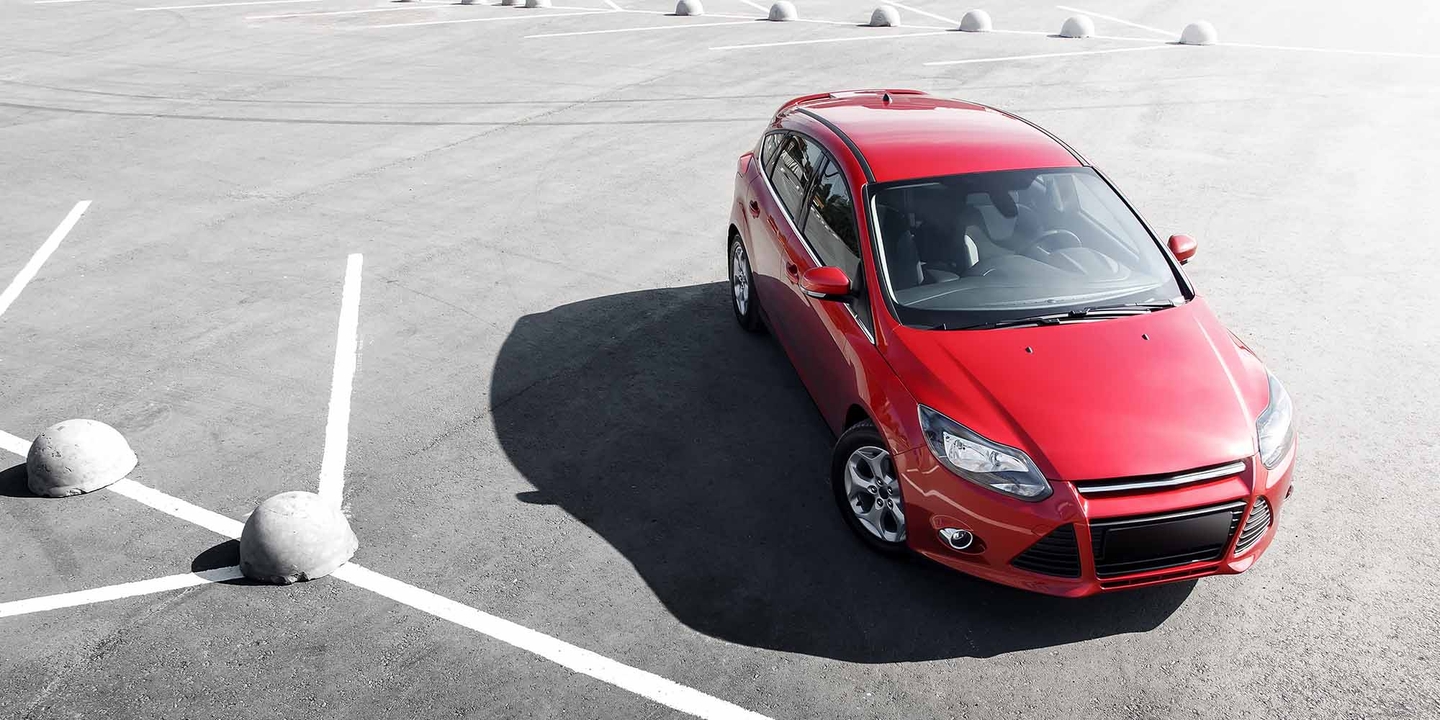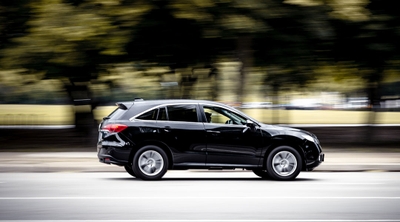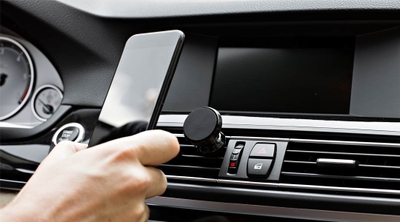What is hot car safety?
3 min read
Summer is here, and you’re already looking forward to travel and vacation plans. You’ll be on the go, and your loved ones will be with you. Summer heat adds an extra layer of complications. As the temperatures rise, so do risks to your family and pets especially related to excursions in the family car.
Here are a few hot car safety tips for avoiding dangerous situations in the heat.
Hot car safety tips
1. Never leave a child or a pet in a hot car
Have you ever wondered how hot it can get in a car? According to the American Veterinary Medical Association, parked cars get hot, but you might not realize that a car’s interior temperature can rise 20 degrees in 10 minutes. Leaving the windows cracked or rolled down does not slow heat acceleration nor cool the interior, especially on wind-free days.
A child’s body can heat three to five times more quickly than an adults. Children also possess fewer sweat glands than adults and can’t adapt quickly to an increased temperature, so they’re more susceptible to the dangers of a hot car. According to the National Highway Transportation Safety Administration (NHTSA), heatstroke begins when the core body temperature reaches about 104 degrees. A core body temperature of about 107 degrees is lethal. .
Your dog also doesn’t feel the heat like you. A dog’s body naturally conserves heat. Dogs only have sweat glands on the pads of the feet and the nose. These aren’t enough to cool their total body mass on hot days. The only innate cooling mechanism your dog has is panting. According to PetMD, if a dog breathes in hot air, especially if he is panting, it doesn’t take long for brain and organ damage to occur due to heat stroke. A dog can experience heat stroke when its body temperature rises as little as 3.5 degrees.
Sun exposure on a parked car has the same effect even in mild outdoor temperatures. Never leave a child or a pet closed in a parked car on a sunny day, even just for a minute.
2. Put something you’ll need in the back seat
Stressed, sleep-deprived, and distracted parents are more likely to rely on the part of the brain that stores habit formation known as procedural memory or your basic autopilot function. On autopilot, you are forgetful and reactive rather than proactive and sharp. In the scenario of hot cars, this can quickly turn fatal. An average of 37 children dies in hot cars every year.
After loading your family into the car, place an object you’ll need on arrival in the back — perhaps your wallet, purse, or cell phone. This method will guarantee a thorough car check after parking while turning your autopilot into a tool to prevent hot car deaths.
If you have an infant, you know that rear-facing car seats can be tricky to monitor, especially if the child is sleeping. Try using a stuffed animal as a placeholder. When you secure your baby in the seat, bring the stuffed animal with you upfront as a reminder.
3. Store keys out of reach of little hands
Don’t underestimate a child’s visceral capacity to play grown-up or to hide. Keep car keys secure in a high location, away from little hands. You don’t want your children entering your vehicle for any reason without your knowledge.
4. Keep the air running to stay cool in a hot car
The number one tip for how to stay cool is not to let the car get hot in the first place! When running around with the gang on hot days, consider using the drive-through for banking and pharmacy pick-up services. If your car has air conditioning, you can keep it cool; if it doesn’t, keeping the car moving with the windows down will help keep it from heating up. It can also help to arrange your schedule, so you aren’t out during the hottest part of the day.
5. Drive with another adult on hot days
When possible, use the buddy system. That way, one adult is always available to watch pets and children in your car while the air conditioner runs, minimizing the dangers of a hot car. Remember that you don’t need to be parked for your car to get dangerously hot, either. The car can heat up if the windows are closed, and the sun is out. If you’re going to be taking long road trips in the heat, bring plenty of water and ensure your AC and other car systems are working.
Whether you’re hyper-vigilant or operating on autopilot regarding hot cars, second-guessing isn’t an option. Plan, prepare, and always err on the side of caution. After all, there’s nothing cooler than being safe.




